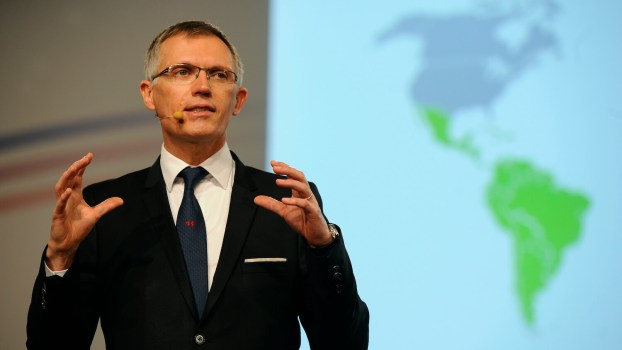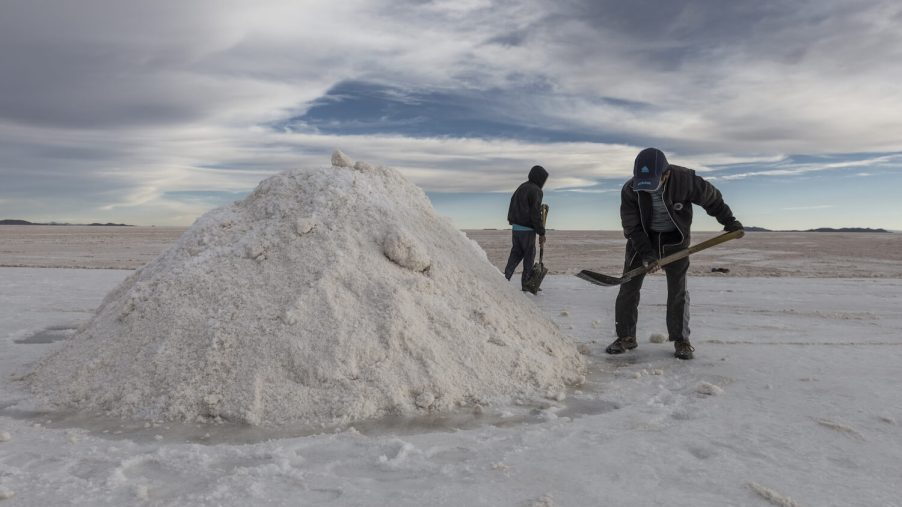
We Need to Talk About Lithium Hoarding
Our planet contains a finite amount of lithium. We also have limited lithium mines, and opening new ones can take years. Our lithium supply chain is a major limiting factor in EV production. But a single top-trim Tesla Model S uses enough lithium to build seven Toyota Prius Prime plug-in hybrids, each with enough range to take one commuter’s ICE off the road. Worse yet, proposed developed-world combustion bans would only serve to institutionalize the wealthy’s current lithium hoarding on a global scale–possibly at the cost of our atmosphere.
The lithium supply chain is limiting EV production
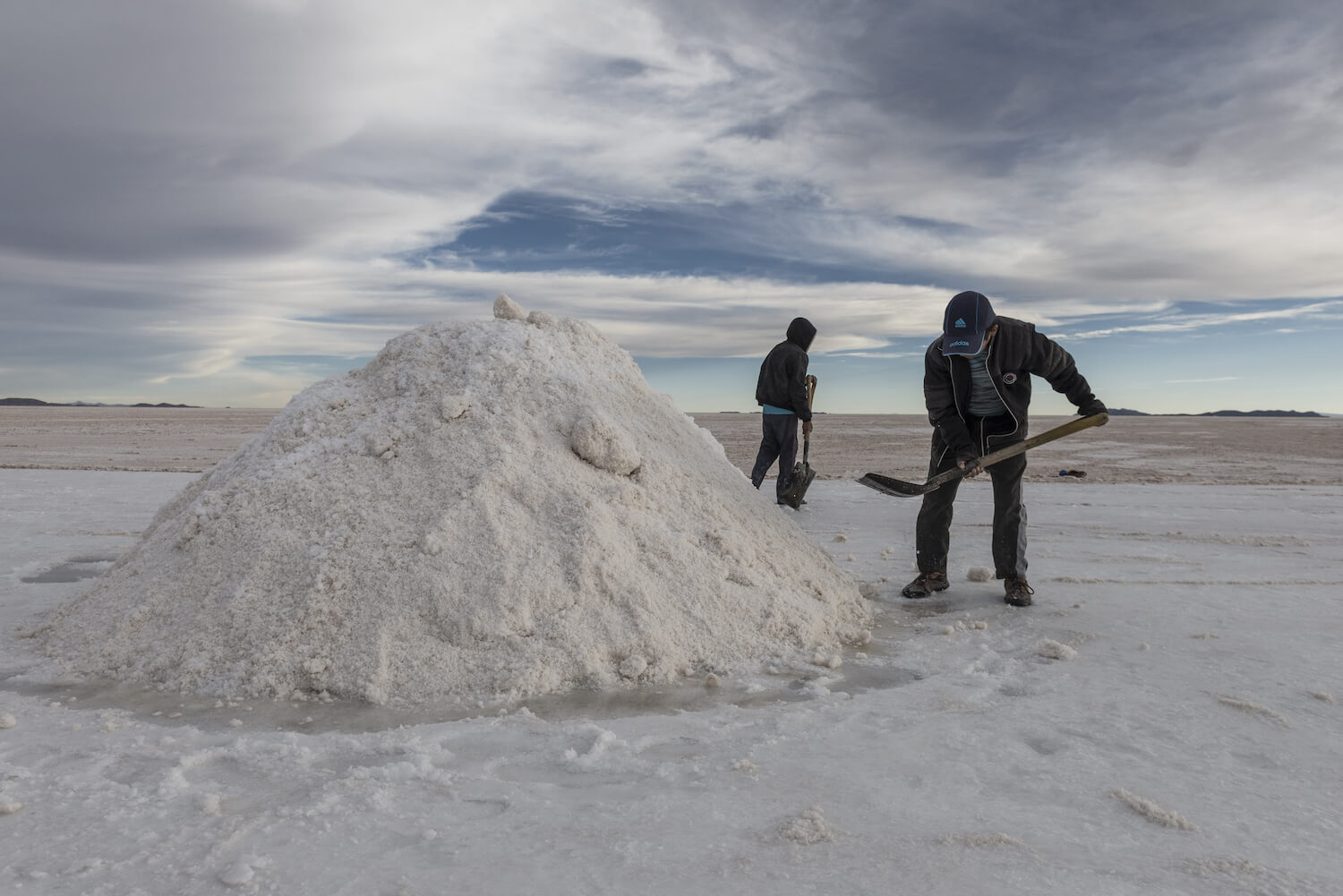
Lithium is a critical component in the current generation of electric vehicle batteries (Li-ion). Sure, alternative battery chemistries exist, such as nickel metal hydride (NiMH), but none have enough energy density to power competitive EVs. Hopefully, we’ll have better battery chemistries in the future. But for now, Li-ion is the only realistic option for EVs and PHEVs.
Mercedes-Benz’s CEO warned that EVs may get more expensive before they get cheaper. Increased battery production will further tax our limited lithium supply chain. The CEO of Stellantis went a step further, questioning whether the earth has the lithium required to replace all the 1.3 billion internal combustion vehicles currently on the road with EVs.
We are misusing our finite lithium
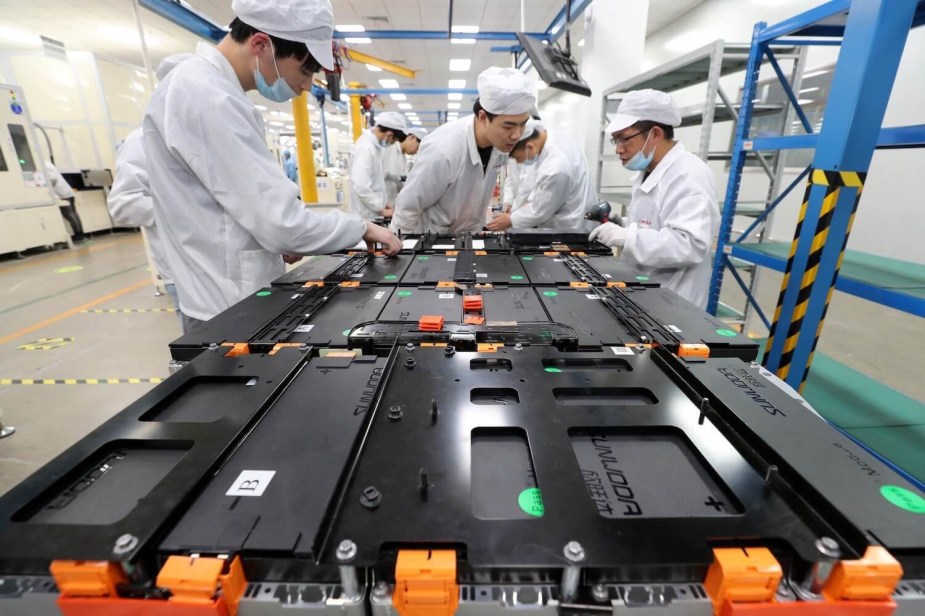
Environmental experts warn that greenhouse gases emitted by internal combustion vehicles are causing climate change which threatens to devastate our planet. In response, people from the European Union to California have proposed outright bans on new internal combustion engines.
But there’s an alternative to a ban: To reduce emissions, we don’t need to take every internal combustion engine off the road; we need to reduce how often internal combustion engines fire up. According to the AAA, the average U.S. driver only travels 29.2 miles daily. This number is likely lower in other countries. If every new vehicle had 30 miles of electric range, greenhouse gas emissions would plummet to near zero.
Building the 100 kWh battery in a Tesla Model S Plaid or Long Range requires 17 kg of lithium or 0.17kg/kWh. This ratio varies slightly by automaker and production method, but not very much.
On the other hand, the 2023 Toyota Prius Prime has a 13.6kWh battery pack (which uses about 2.3 kg of lithium). Toyota expects this latest generation to offer 40+ miles of all-electric range.
So you could use that 17 kg of lithium to build either one Tesla or seven Prius Primes. Considering that we have one billion+ ICEs to replace, and the average driver covers just 29.2 miles daily, making PHEVs stands to have a much more significant environmental impact than building more Teslas supercars.
Lithium hoarding threatens the environment
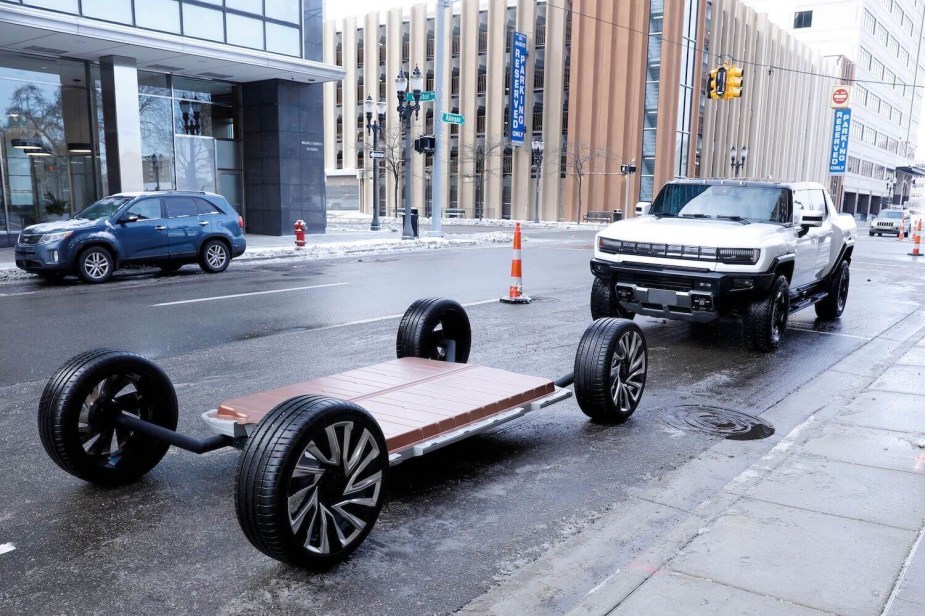
Our current global strategy for using our limited lithium supply is to build a few full EVs with long ranges, which rarely are fully utilized. Because the average EV costs 40% more than a comparable ICE vehicle, these supercars and supertrucks have become luxury items for the earth’s wealthiest.
Take, for example, the new Hummer EV. This multi-engine supertruck has a $100k+ price tag and uses enough lithium to build 15 Toyota Prius Primes.
But that’s not the worst of it. The European Union is voting on a full ban on all new combustion engines by 2035. Certain U.S. states–such as California–are considering similar measures. This would force automakers to funnel all available lithium into EVs for these markets. It would essentially institutionalize the current practice of lithium hoarding as law–on a global scale. Such a law would only get a fraction of the 1.3 billion internal combustion vehicles off the road.
The West has long hoarded specific valuable resources. But there’s a sad irony to lithium hoarding. This practice is justified as an effort to save the atmosphere. But the refusal to share lithium threatens to further harm the atmosphere we all must share.
Next, read about how pandemic, weather, and war are conspiring to cripple the automotive industry or watch CNBC’s investigation into lithium production in the video below:
